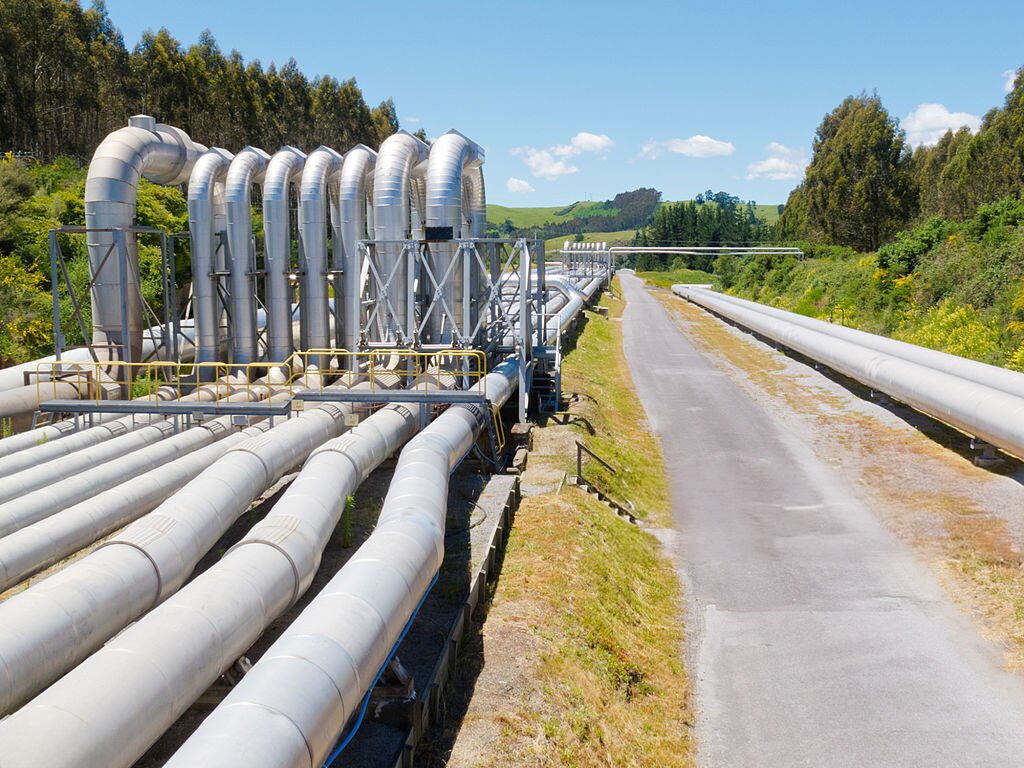Now more than ever, the safety, integrity and reliability of natural gas distribution systems is critical. Regulatory frameworks like 49 CFR Part 192 Subpart P, often called the Gas Distribution Integrity Management Program (DIMP) rule, serve as a crucial foundation for pipeline operators to work efficiently while reducing risk. By understanding DIMP’s core components and why they matter, organizations can improve service delivery while maintaining public trust and compliance.
What Is DIMP?
DIMP is a set of federal requirements that gas distribution operators must follow to identify, evaluate and mitigate risks to their pipeline systems. These regulations aim to reduce incidents and leaks, protect the environment and ensure the safety of local communities. Operators must develop and implement a written DIMP plan that addresses pipeline knowledge, threat identification, risk assessment, mitigation actions and ongoing performance monitoring.
Key Regulatory Basis: Part 192 Subpart P
Part 192 Subpart P outlines the DIMP requirements that each operator must satisfy. The main sections include:
- Definitions (192.1001): A list of definitions that apply to Subpart P.
- Applicability (192.1003): Explains which pipelines and facilities fall under the DIMP requirements. Certain small systems may be exempt, and all master-metered systems are exempt.
- Implementation (192.1005): Sets the deadline for operators to develop and implement their integrity management plans (no later than August 2, 2011, originally) and to maintain them moving forward.
- Requirements for Integrity Management Plan (192.1007): Details the essential elements each DIMP plan must address—knowing your assets, identifying threats, assessing and ranking risks, implementing measures to mitigate these risks, measuring performance, periodic evaluation and improvement and reporting results.
- Records (192.1011): Requires operators to keep thorough documentation of their DIMP plan and related activities for at least 10 years.
- Deviations from Required Periodic Inspections (192.1013): Allows reduced inspection/testing frequencies if justified through engineering analysis and risk assessment, subject to approval by PHMSA or the relevant state authority.
- Small LPG Operator Requirements (192.1015): Outlines specific, streamlined guidelines for small LPG systems to ensure they also conduct threat identification, risk evaluation and periodic reviews.
Building a Robust DIMP
Implementing a robust DIMP ensures compliance with federal regulations, which require regular assessments, monitoring and improvement of pipeline integrity management practices. A welldeveloped DIMP helps utilities efficiently manage resources while reducing the likelihood of costly incidents. A comprehensive integrity management program should include the following steps:
1. Know Your Assets
- Gather detailed information on your pipeline’s design, materials and operating environment.
- Leverage historical records, past inspections and maintenance data to identify potential vulnerabilities.
2. Identify Threats
- Evaluate various threat categories, such as corrosion, natural forces (e.g., flooding, earthquakes), third-party damage, material or weld defects, equipment failures and incorrect operations.
- Use incident history and leak data to inform where potential risks may occur.
3. Assess and Rank Risks
- Determine the likelihood of failure, factoring in factors such as third-party damage, corrosion, incorrect operations, pipe age and material types.
- Consider the consequences of potential failures (e.g., harm to people, damage to property, environmental impact) and then rank these risks in order of priority.
4. Implement Risk Mitigation Measures
- Address high-risk areas first with targeted actions such as enhanced leak detection, pipeline replacements, corrosion control measures, or public awareness campaigns to prevent excavation damage.
- An effective leak management system is key. While regulations don’t explicitly mandate specific leak detection technologies, operators must track, repair and monitor leaks thoroughly.
5. Measure Performance and Monitor Results
- Develop performance metrics, starting with those mandated by Subpart P (e.g., number of hazardous leaks repaired, number of excavation damages).
- Compare progress against baseline metrics to gauge effectiveness and identify areas needing improvement.
6. Periodic Evaluation and Continuous Improvement
- Reassess threats, risks, and performance indicators at least every five years or sooner if significant operational changes occur.
- Adapt the DIMP plan based on lessons learned, new technologies and updated regulatory requirements.
7. Reporting
- Submit required data annually to relevant authorities. This typically includes total leaks repaired, cause-based leak categorization and excavation damage statistics.
- Maintain thorough documentation to demonstrate compliance and provide transparency to regulators and stakeholders.
Common Pitfalls and Enforcement Trends
Deploying a successful DIMP program requires forethought. By proactively addressing common challenges, utilities can optimize resource allocation, improve system reliability and demonstrate a strong commitment to safety and regulatory standards. Specifically, inspectors have cited operators for:
- Failing to develop or fully implement a DIMP plan by the required deadline.
- Inadequate threat assessments and risk-ranking methodologies.
- Not re-evaluating plans within five-year intervals.
- Missing or incomplete records and performance tracking data.
- Poorly documented training, procedures, or engineering analyses.
- Failure to identify and gather missing information.
- Failure to rank risks.
These enforcement actions underscore the importance of a well-documented and actively maintained integrity management program. Operators who treat DIMP as a living, evolving framework rather than a one-time paperwork requirement are best positioned to avoid violations and ensure pipeline safety.
The Benefit of TRC’s Expertise
Safety, reliability and compliance are unquestionably paramount to daily gas utility and pipeline operations. Add the benefit of experience to your DIMP program by partnering with TRC’s tested practitioners. Our team partners with your organization to develop and deploy a DIMP program catered specifically to your assets, stakeholders, workforce and operations. We provide unparalleled expertise at every step to ensure smooth and effective programs that grow with you.
Don’t Leave Your Operations at Risk. Contact a TRC Practitioner Today.



